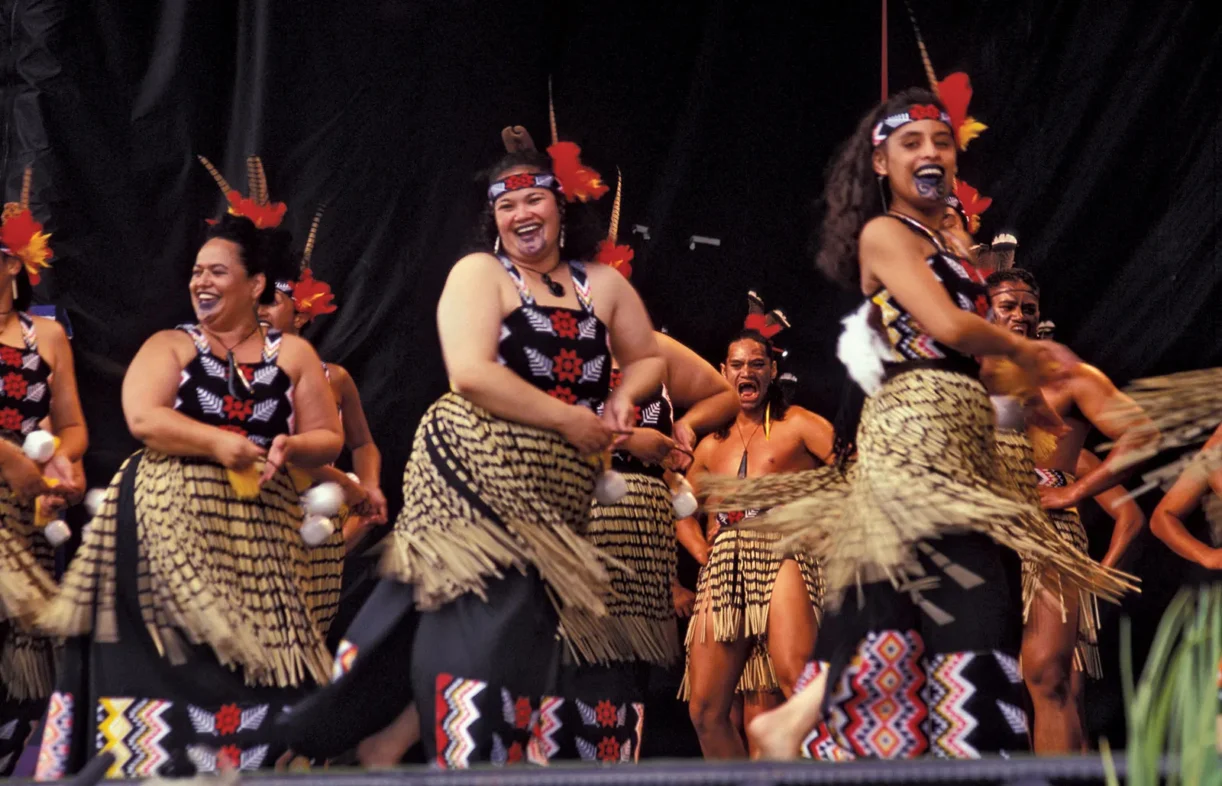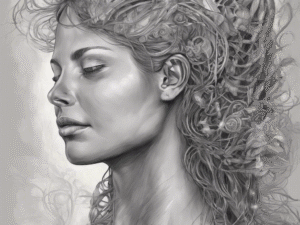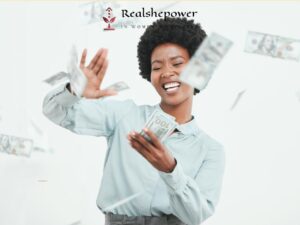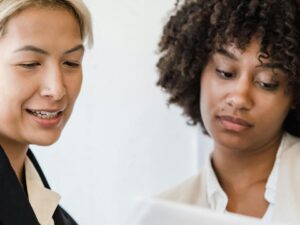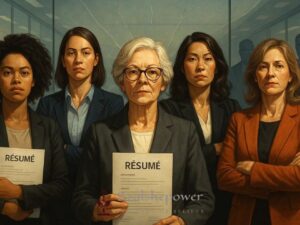Step into a world of ancient traditions and deep-rooted heritage as we embark on a journey to explore the captivating culture of the Maori of New Zealand. From their unique language to their mesmerizing art forms, the Maori people have a vibrant tapestry of customs and traditions that continue to thrive in the modern era.
The Maori people, indigenous to New Zealand, have a rich cultural heritage that dates back centuries. Their customs, rituals, and way of life are deeply intertwined with the land, sea, and sky, reflecting a profound connection to nature. The Maori culture, characterized by its intricate art forms, powerful performances, and unique language, has captivated the imaginations of people worldwide.
1. The Origin and Arrival of the Maori
The Maori people have a fascinating origin story, rooted in both myth and historical records. According to ancient Maori legends, their ancestors arrived in New Zealand on waka (canoes) from Hawaiki, a legendary homeland. The exact date of their arrival is still a subject of debate among historians and archaeologists.
How did the Maori people preserve their traditions over time? The Maori people have a strong sense of cultural identity and have worked tirelessly to preserve their traditions. Through oral storytelling, performing arts, and passing down knowledge from generation to generation, they have ensured the continuity of their rich cultural heritage.
Is the Maori language still spoken today?Yes, the Maori language, known as Te Reo Maori, is still spoken by a significant portion of the Maori population. Efforts to revive and promote the language have been successful, leading to its increased usage in educational institutions, media, and everyday conversations.
2. Cultural Significance of the Haka
The Haka, a powerful ceremonial dance, holds immense cultural significance for the Maori people. Traditionally performed before battles, weddings, or as a form of expression, the Haka is a captivating display of strength, passion, and unity.
3. Traditional Maori Art Forms
Maori art forms, characterized by intricate carvings, weaving, and tattooing, are admired for their beauty and cultural significance. Each carving and weaving tells a unique story, often representing ancestral lineage or natural elements. Maori tattoos, known as ta moko, are not just decorative but also symbolize a person’s identity, heritage, and achievements.
4. Maori Cuisine and Traditional Practices
The Maori people have a deep connection with the land and sea, reflected in their cuisine and traditional practices. Hangi, a traditional Maori cooking method, involves preparing food in an underground oven, resulting in a distinctive smoky flavor. The Maori also have sustainable practices such as rāhui, temporary fishing restrictions, to protect marine resources and ensure their sustainability for future generations.
5. Maori Language Revitalization Efforts
Efforts to revitalize the Maori language have gained momentum in recent years. Recognizing the importance of preserving Te Reo Maori, initiatives have been undertaken to promote its usage in schools, media, and public spaces. Bilingual signage and educational programs aim to ensure the language remains a vibrant part of New Zealand’s cultural landscape.
The Empowered Women of Maori Culture: Redefining Roles and Influencing Society
In Maori culture, women have held significant roles and have played a pivotal part in shaping the social fabric of their communities. With a rich history and a deep connection to ancestral traditions, Maori women have been highly respected and valued for their wisdom, skills, and contributions. In this article, we will explore the role of women in Maori culture, highlighting their influence in various aspects of society.
1. Whakapapa: Matrilineal Lineage and Leadership
In Maori culture, whakapapa, or genealogy, holds immense importance. It traces family lines through both male and female ancestors, highlighting the matrilineal nature of Maori society. Women are recognized as the backbone of whakapapa, carrying the responsibility of transmitting ancestral knowledge, traditions, and cultural practices to future generations. Through their role as storytellers and guardians of whakapapa, women ensure the preservation and continuity of Maori identity.
2. Mana Wahine: Power and Influence
Maori culture acknowledges the concept of mana wahine, which recognizes and celebrates the power and influence of women. Mana wahine refers to the inherent strength and authority possessed by women in various aspects of life. Women are considered as equal partners in decision-making processes, community affairs, and the overall well-being of the whanau (extended family). This recognition of women’s mana (spiritual power) has been integral to Maori culture since time immemorial.
3. Traditional Roles and Responsibilities
Within Maori society, women have held diverse roles and responsibilities, each contributing to the overall functioning of the community. Some of these roles include:
a. Whaea (Mother) and Caretaker
Women are revered as mothers and caregivers, nurturing their children and playing a crucial role in their upbringing. They impart cultural knowledge, values, and traditions, ensuring the continuation of Maori customs from one generation to the next. Additionally, women are often the primary caregivers for the elderly and sick within the whanau, fostering a sense of compassion and communal support.
b. Tohunga (Spiritual Practitioners)
Maori women have been esteemed as tohunga, spiritual practitioners with deep knowledge of tikanga (customs) and spiritual rituals. They hold expertise in healing practices, herbal remedies, and providing spiritual guidance. Women have served as mediumistic channels, connecting with the spiritual realm and acting as intermediaries between the physical and metaphysical worlds.
c. Weavers and Craftswomen
Weaving is a revered art form in Maori culture, and women have played a central role in its preservation and development. They create intricate flax and harakeke (New Zealand flax) weavings, such as kete (baskets) and whariki (mats), showcasing their artistic skills and creativity. Weaving is not only a means of producing functional items but also a way to express cultural identity and pass down ancestral stories through the intricate patterns and designs.
4. Modern Empowerment and Advocacy
In contemporary Maori society, women continue to make significant contributions and lead efforts in various fields. They have taken on roles as educators, politicians, artists, entrepreneurs, and cultural advisors, breaking barriers and challenging gender norms. Maori women have been at the forefront of advocating for indigenous rights, environmental protection, and social justice, using their voices to uplift their communities and influence policy-making processes.
FAQs
Q: Were women allowed to participate in tribal meetings and decision-making processes historically?
A: Yes, women in Maori society were active participants in tribal meetings and decision-making processes. They were influential voices, providing insights and perspectives on various matters that impacted the community.
Q: Has the role of women in Maori culture evolved over time?
A: While the core values and recognition of women’s contributions have remained intact, the role of women in Maori culture has evolved to adapt to changing social dynamics. Today, Maori women have greater opportunities for leadership, education, and involvement in various sectors while still maintaining their cultural roles and responsibilities.
Q: How does the empowerment of Maori women contribute to the overall strength and resilience of Maori communities?
A: The empowerment of Maori women is vital for the overall strength and resilience of Maori communities. When women are empowered, their unique perspectives and contributions enrich decision-making processes and community development. Empowered Maori women serve as role models, inspiring future generations and fostering a sense of pride and self-worth within the community. By embracing their cultural heritage and taking on leadership roles, Maori women actively contribute to the well-being, cultural vitality, and collective strength of their communities.
Conclusion
Maori culture has long recognized and respected the important roles that women play within their communities. From the transmission of ancestral knowledge to spiritual practices, caregiving, and creative expressions, Maori women have been central to the preservation and progression of their rich cultural heritage. Through their strength, wisdom, and advocacy, Maori women continue to shape and influence society, ensuring that their voices and contributions are celebrated and cherished for generations to come.
References:
Smith, S. M. (2012). Encyclopedia of the Pacific Rim Countries. Cavendish Square Publishing.
Royal, T. A. (2018). Te Ao Māori: Māori world views. Te Whare o Rongomaurikura, Royal Society of New Zealand.
Salmond, A. (2018). Tears of Rangi: Experiments across worlds. Auckland University Press.
Fetured Image: Māori performing kapa haka/ Encyclopædia Britannica
